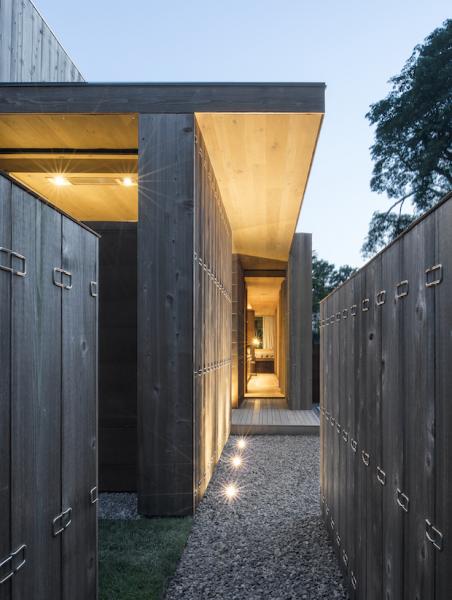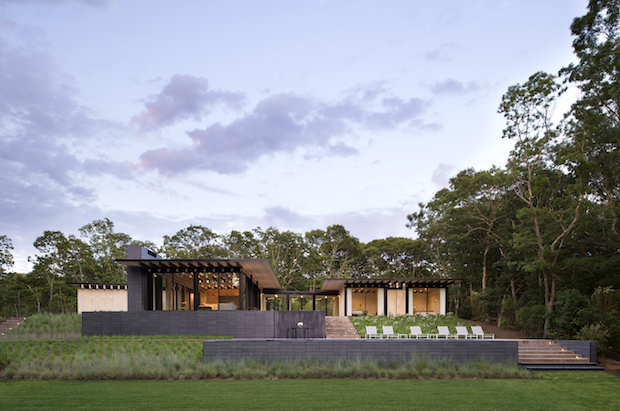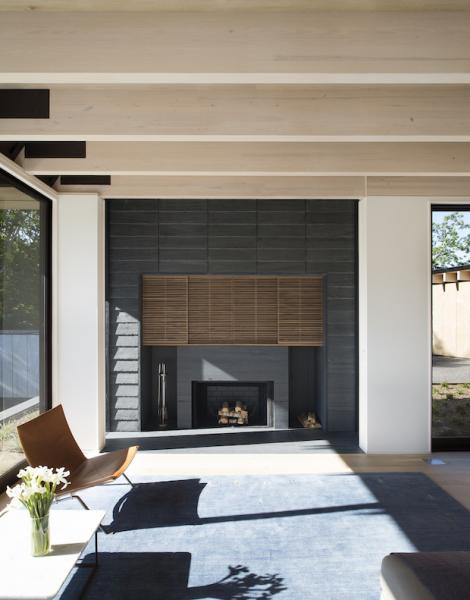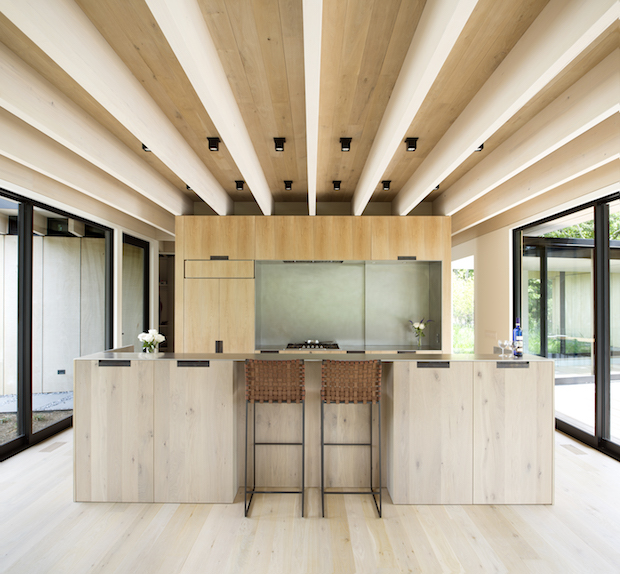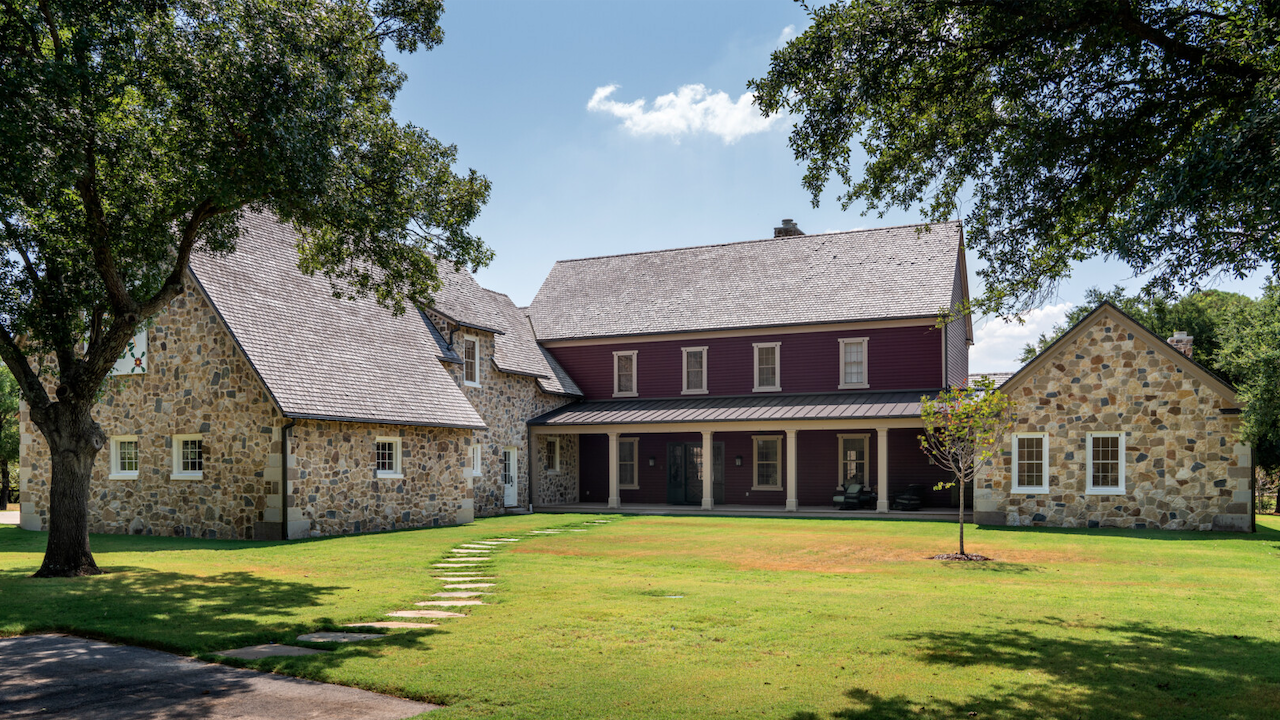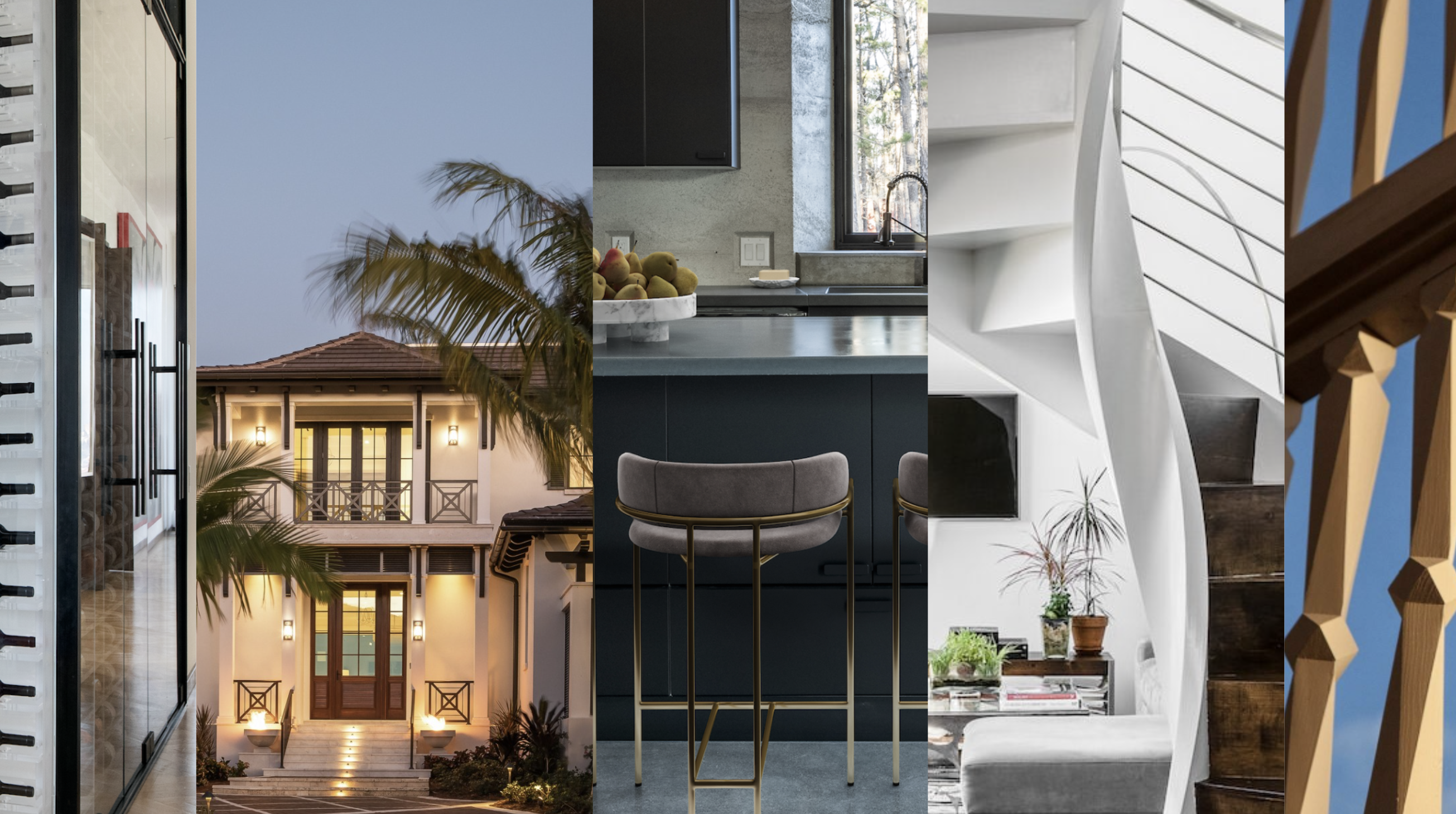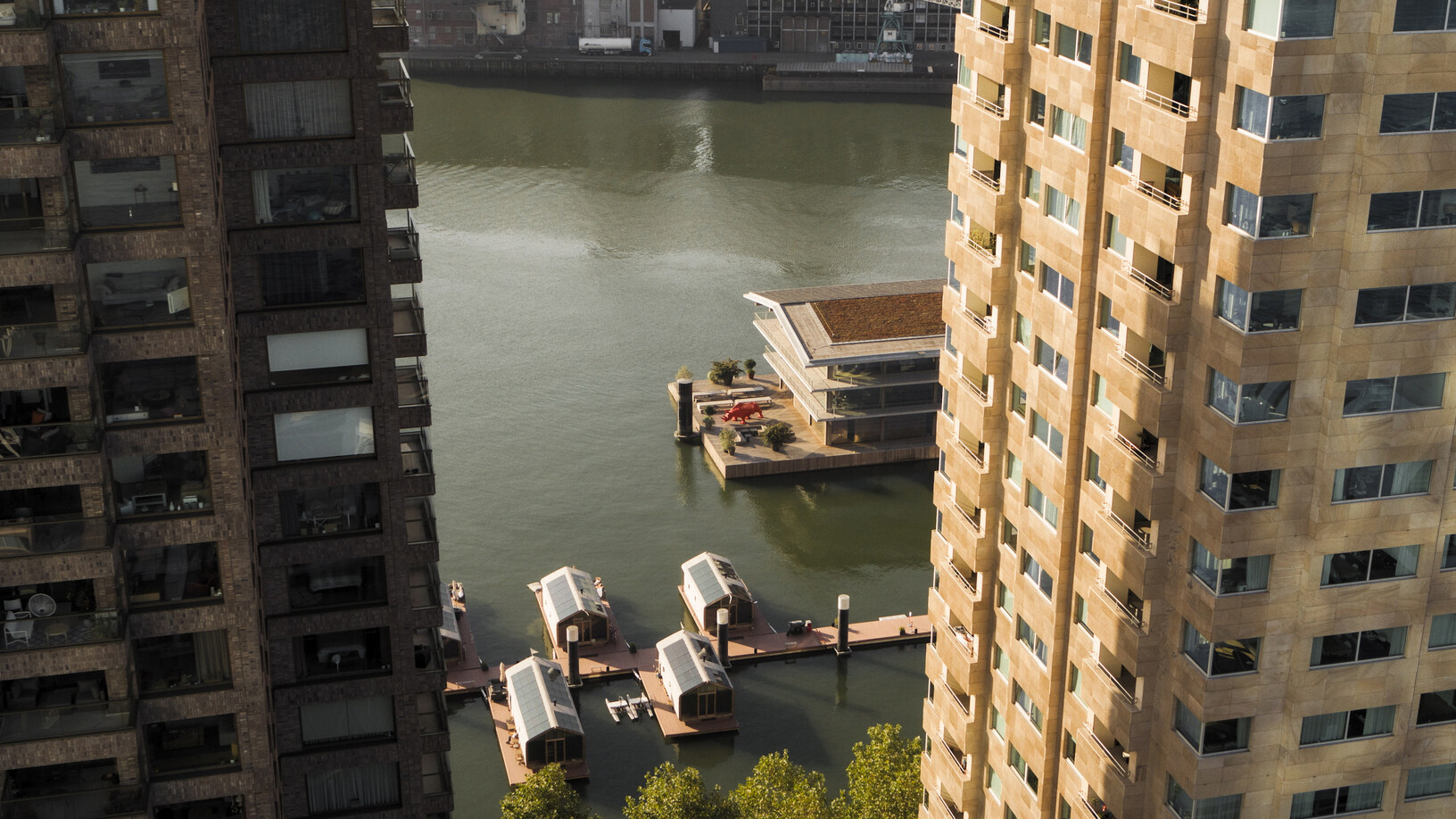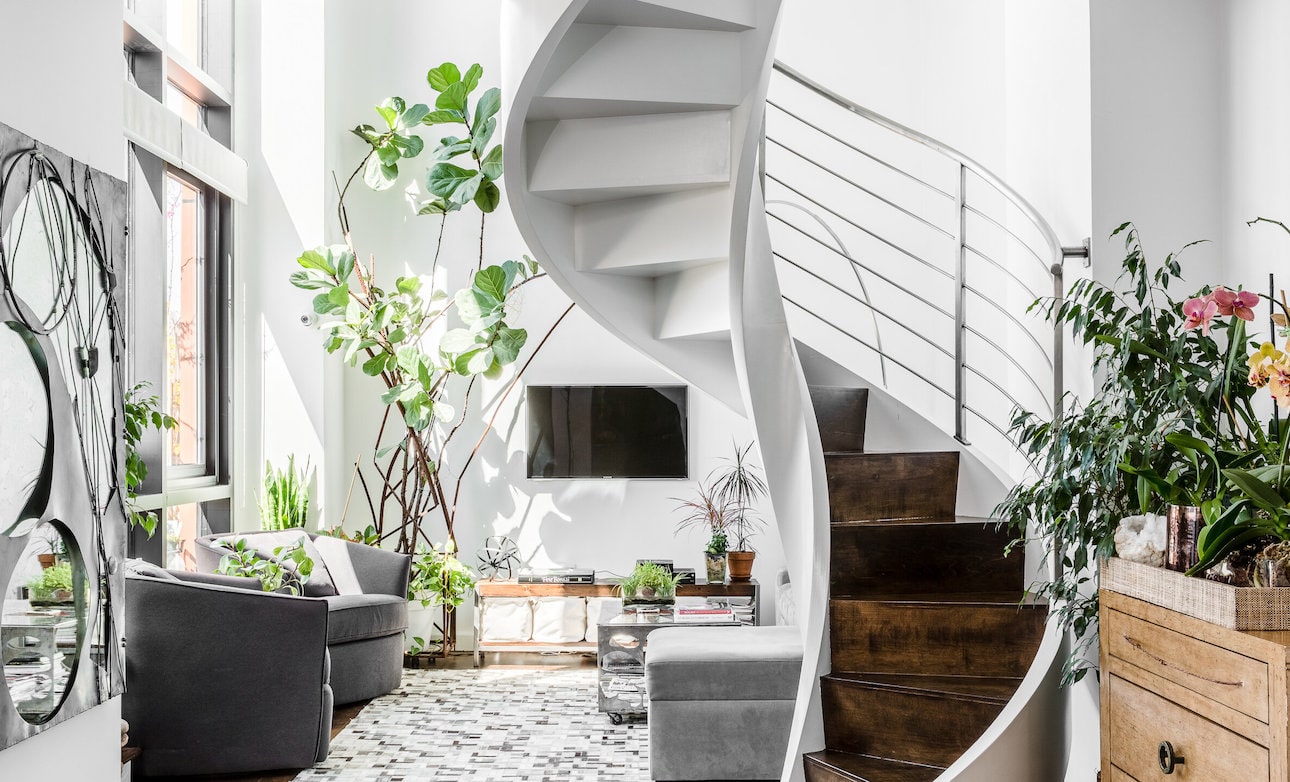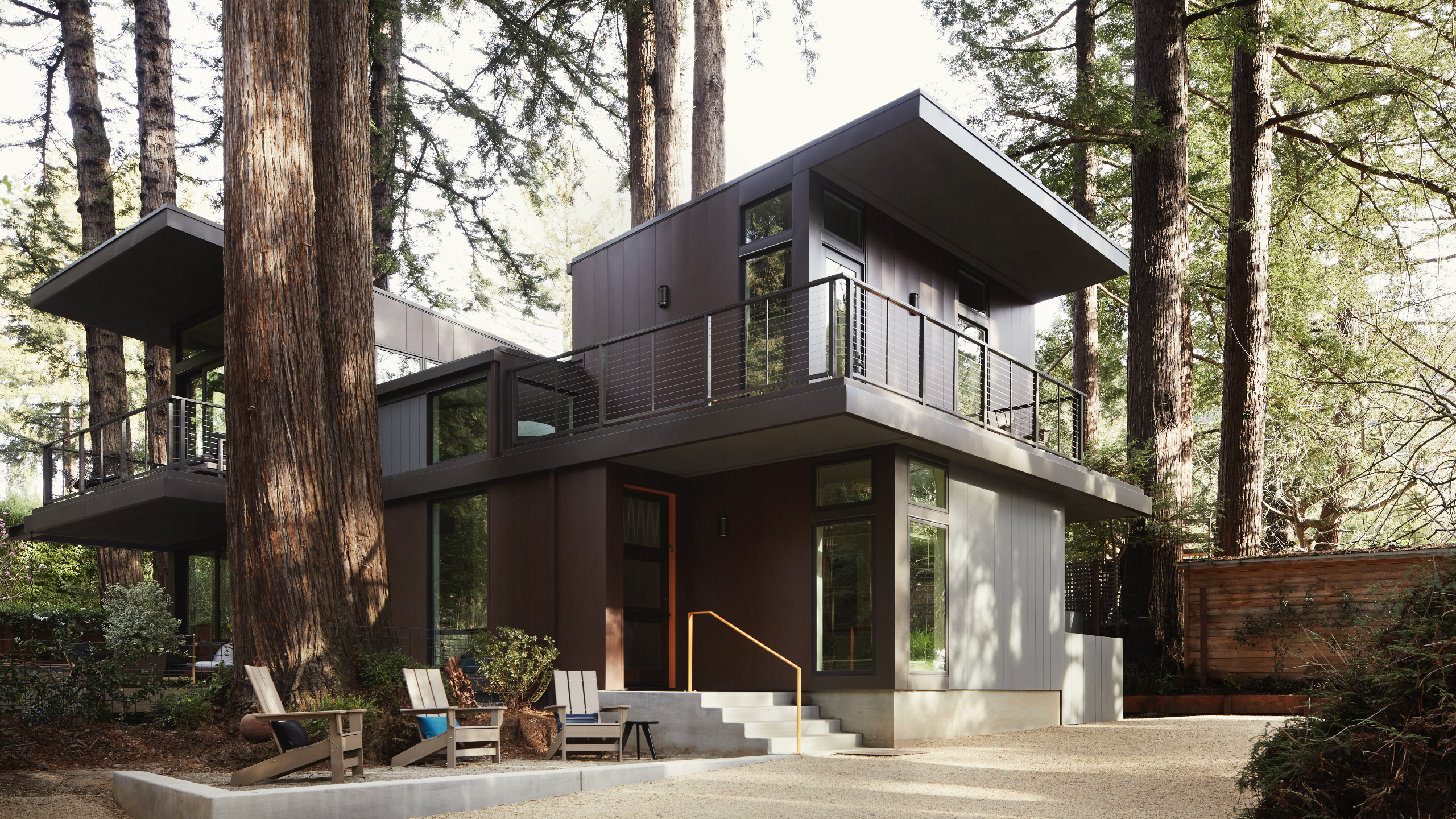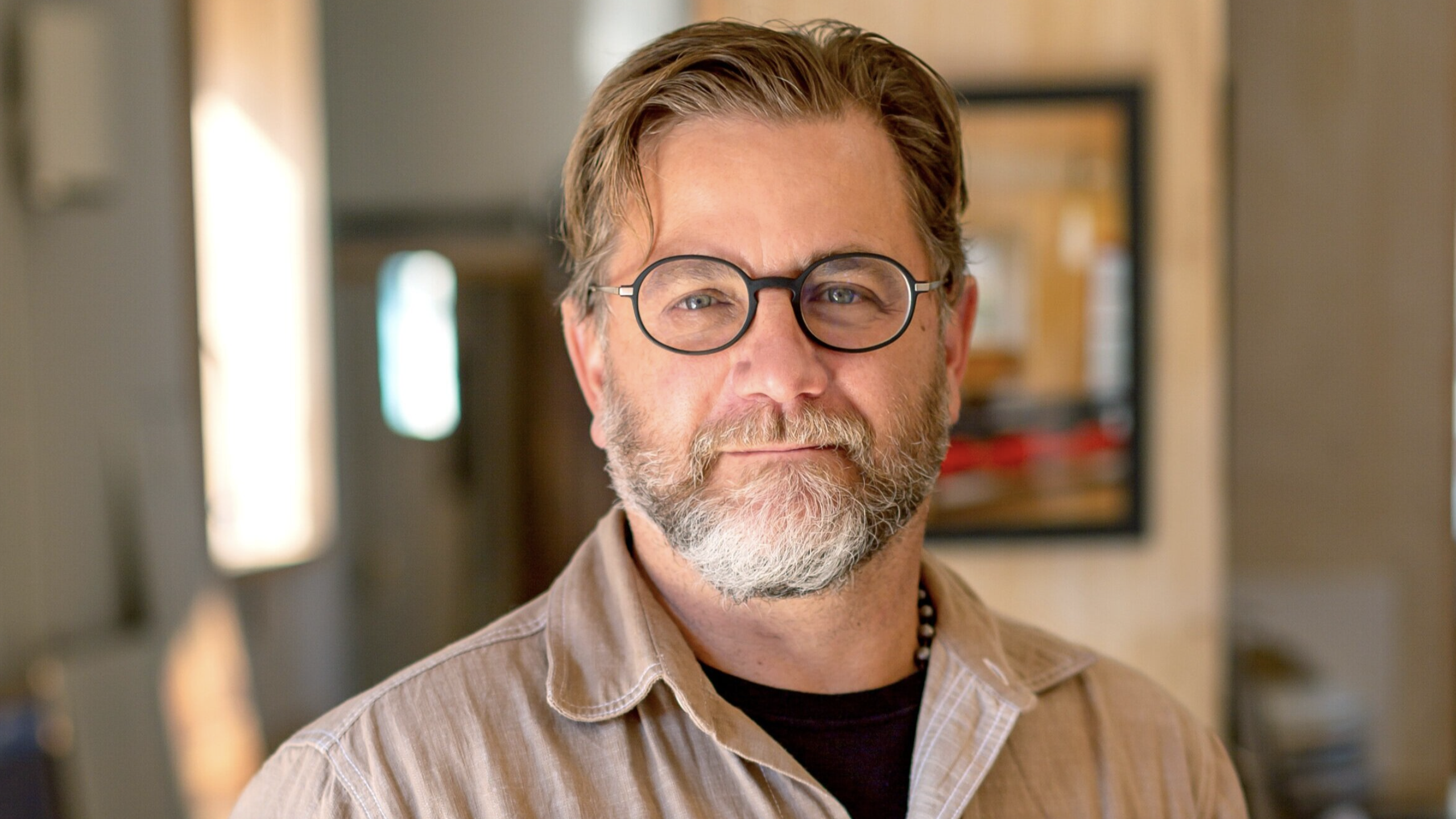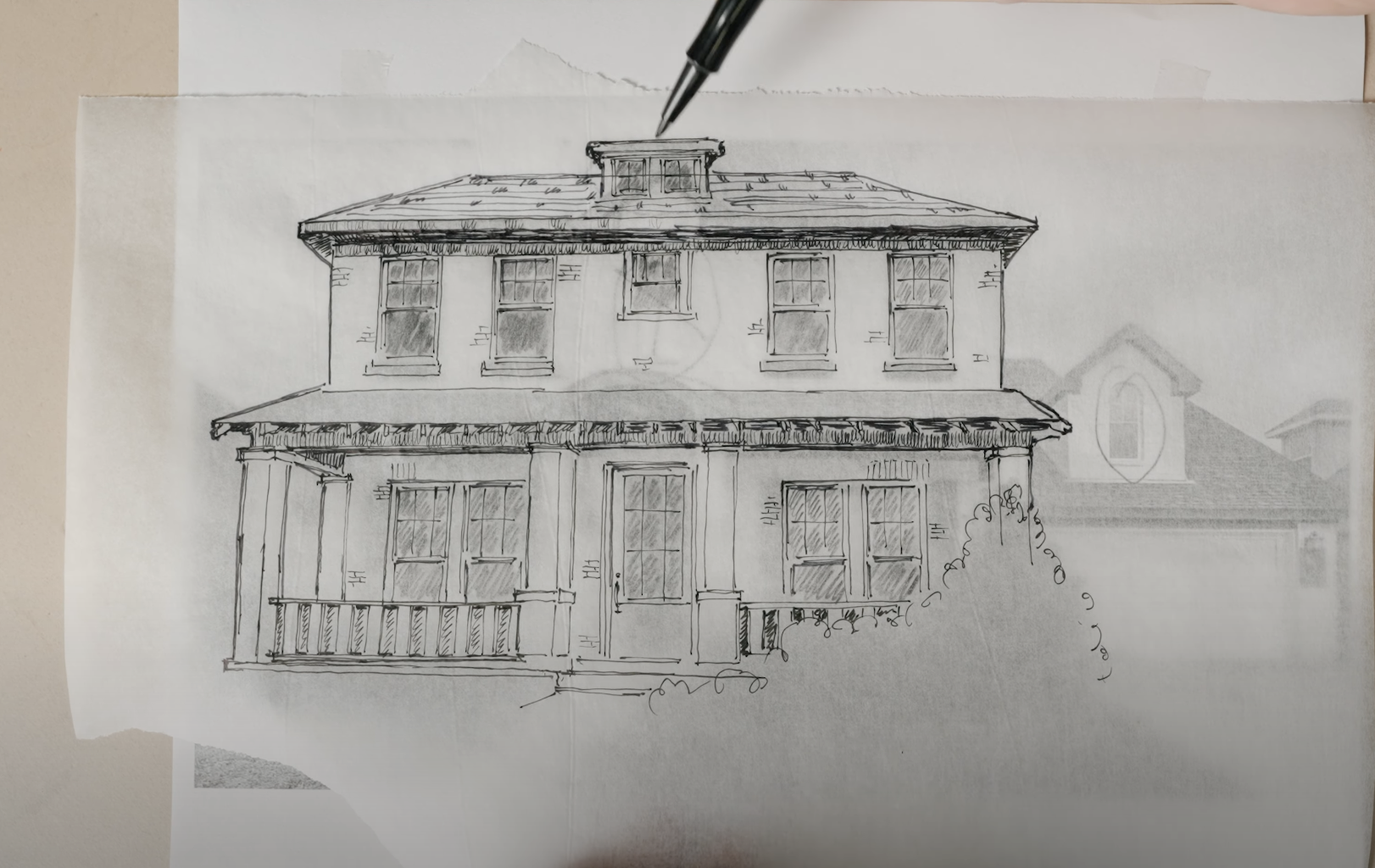Bates Masi + Architects, in East Hampton, N.Y., is known for award-winning modernist homes that range in size but consistently pay homage to the coastal structures of their environs. The firm promotes its work with alluring photographs, most of which are shot by principal Paul Masi, who worked with renowned architect Richard Meier before setting up shop with Harry Bates. Both of Masi’s parents are artists and teachers; he and his sisters grew up making their own cameras and developing film in their mother’s darkroom. Recently we talked with Masi about how photography makes him a better designer, film versus digital, and what he thinks about shooting with an iPhone.
You’re a busy guy. Why not just hire someone to shoot for you?
I really enjoy shooting, and it’s the chance to experience the house when it’s done. If we start at sunrise and end at sunset, we see how the house is performing and understand the implications of what we’ve built. But I have to tell you, it’s always a challenge photographing our own work.
Why?
When you’re that close to something, you may have greater insight. But you also might have blinders on and can miss important perspectives. I try to pull myself out of the project a little bit to see it from different perspectives. I may be focused on a particular detail because a lot of energy was spent on designing and executing it, but it may not tell the story of the house. I like to have the staff look at the photos, and I like for them to give their input.
We do work with one other photographer to get his fresh perspective; if we shoot three houses a year, maybe he’ll shoot one of them. You have no control over how someone else experiences a home, so I try to see what he picks up on and how he’s reading the building.
Elizabeth II
Location: Amagansett, N.Y.
Architect/Builder: Bates Masi + Architects, East Hampton, N.Y.
Size: 3200 sf
Photography: Bates Masi + Architects
Are there architectural photographers who have influenced you?
For sure. Michael Moran—the one photographer that we work with—who is amazing, personally and professionally.
Your shots combine precision, ease, and a deft use of natural light. They make us want to be in the spaces.
My feeling is that sometimes the technology gets the best of the photos. You can shoot the same project on different days and it can read completely differently. We once shot a project in the fog and there was so much mystery around it; then, on a crystal-clear day—just very different moods and emotions. I can’t say that one was better than the other. On humid days, the pictures just look different. You have to go with it, rather than fight it. I pack lights in the car for every shoot on the chance that I’ll need them. But I never end up using them.
What’s most important when shooting exteriors?
Figuring out how someone experiences the project. Where does that journey begin? As an architect, you have an advantage in shooting your own work—you’re already setting the stage and establishing how you were trying to reveal the spaces and the ideas.
At the same time, you’re trying not to be rigid. There can be times when you’re set on something but the sun is moving at its own rate. So, you see other things, and you try to look at what’s active and interesting in that moment. Exteriors are hard because I find myself trying to get too much. You end up including everything, and then the shot becomes about nothing.
Promised Land
Location: East Hampton, N.Y.
Architect: Bates Masi + Architects, East Hampton
Builder: K. Romeo, Inc., East Hampton
Size: 3200 sf
Photography: Bates Masi + Architects
What about interiors?
They’re much easier for me, maybe because the spaces are smaller and you can focus more on their essence, the moments in the space, and whether the type of lens you’re using contains the feeling. Wide-angle lenses can make buildings look aggressive, though. That scares me; I don’t want our homes to
look aggressive.
What are the hardest parts of a house to shoot?
I don’t know if there’s a particular part—there’s a particular time. We do a lot of our own electrical design, but lighting isn’t something we photograph much. We’re trying to do more. A lot about entertaining and inhabiting a house is how the house feels at night, but you don’t see many night shots of homes; maybe it’s one or two token dusk shots. What it’s like to be in a house at night is hard to convey in a feeling or image.
You like to involve your whole staff in a photo shoot. Is everyone on set?
Anyone who worked on that project, I include for the shoot, and they’re there the whole time. It’s an opportunity to learn about what they’ve done. We’re shooting right after the house has been completed. You’re standing there, turning the lights on and off, and realize, “Jeez, we put that light in the wrong place.” When you spend
48 hours there, you notice details that you can improve on in the next project.
How has shooting your own work helped your business?
I don’t know how to quantify that. As a designer, it helps inform your work. When I look at really successful images and say what it is that makes them powerful, it’s not necessarily about the materials, it’s about the light and shadows. As a designer, when you venture into other areas, your understanding of that realm gets better. There’s cross-pollination.
Confidentiality factors in with custom clients. How do you secure their trust and permission?
Clients often request that we leave out the name or address, but I’ve never had a client who wasn’t looking forward to having the home photographed. They’re just as much a part of the process as we are; they’re an author, too, and they’re proud and excited to document the work.
You’ve been shooting your own homes for 20 years. Has digital photography changed the way you work?
When I first started photographing many years ago, there were large- and medium-format cameras, transparencies, multiple camera backs, different lights ... it was a real production! Now it’s becoming easier. The jump into digital was seamless. Transparencies are amazing, but you really had to be a master of your environment. Digital is more forgiving, but I try not to be too enamored of what it can do.
Is the iPhone a bane or a blessing?
I’m pretty excited about it; it means appreciating
photography on a different level. I’ll be taking a trip to Japan this year and am thinking of leaving behind my cameras and bringing those lenses that you can clip onto an iPhone.
What’s your best advice for custom builders about photography?
You have to spend the money on someone good. It’s really, really important. How much money and how many years have you spent building? And then you hire someone with the cheapest price to document years of work? I want to see something representative of a builder’s craft. The way you document your work is representative of your craft, as well. Find the right photographer, look at their style—and of utmost importance is quality.
For photographs of recent work by Bates Masi + Architects shot by Paul Masi, visit custombuilderonline.com/paulmasi.

